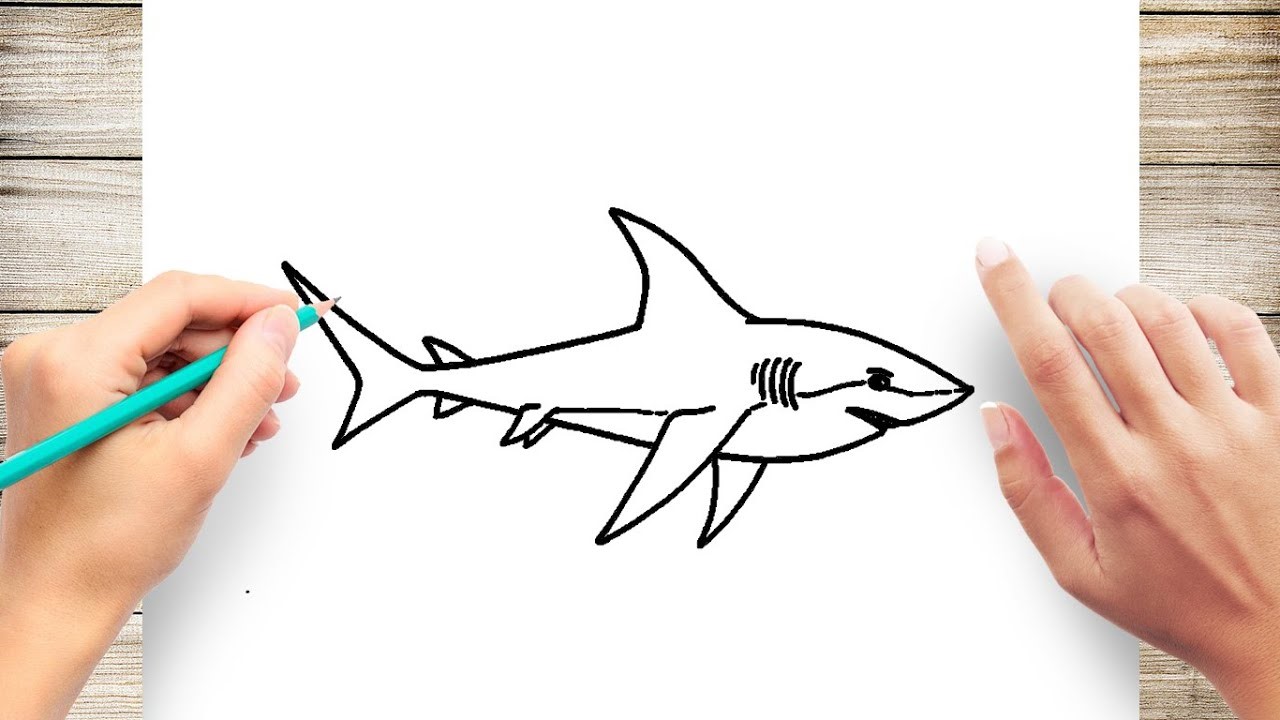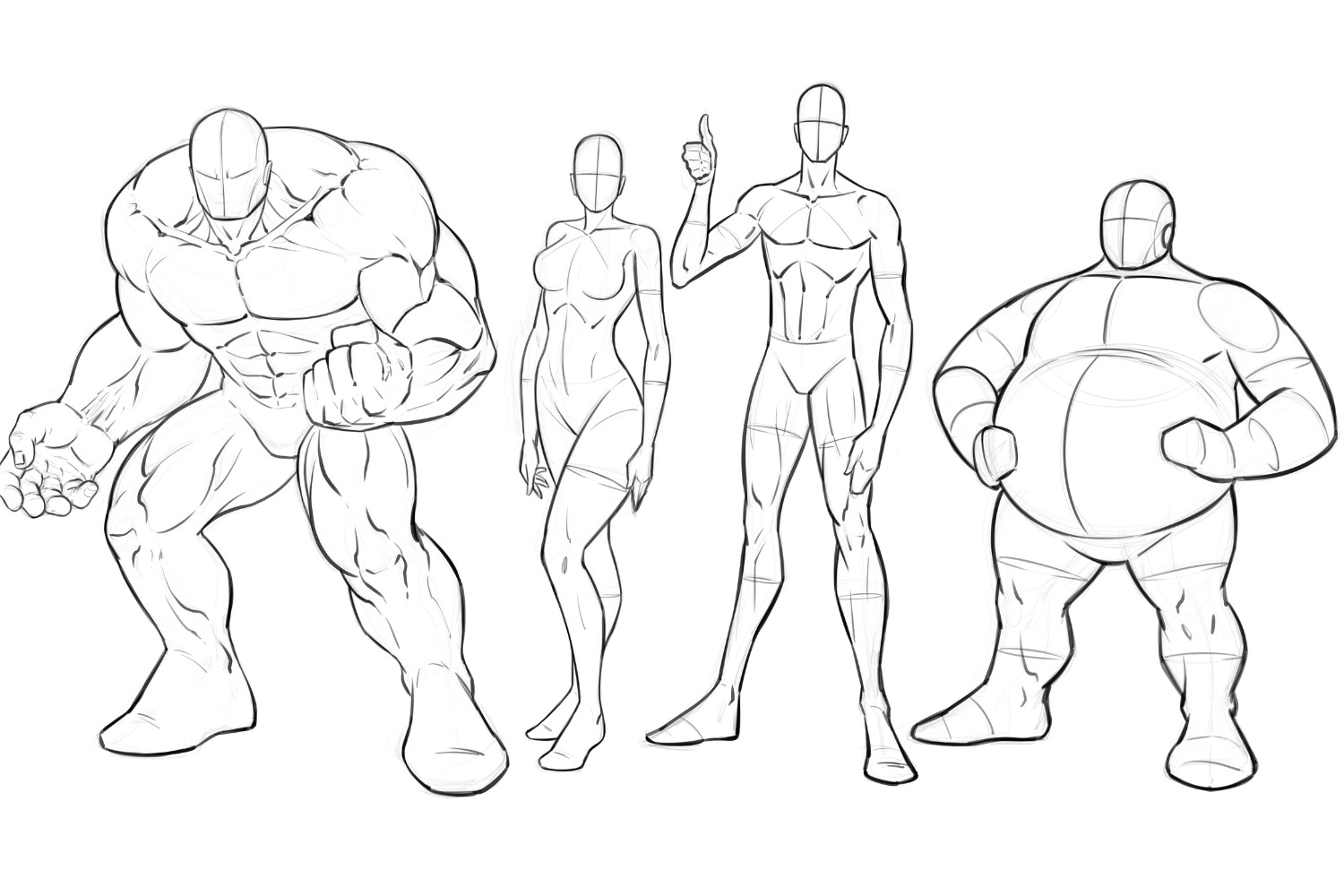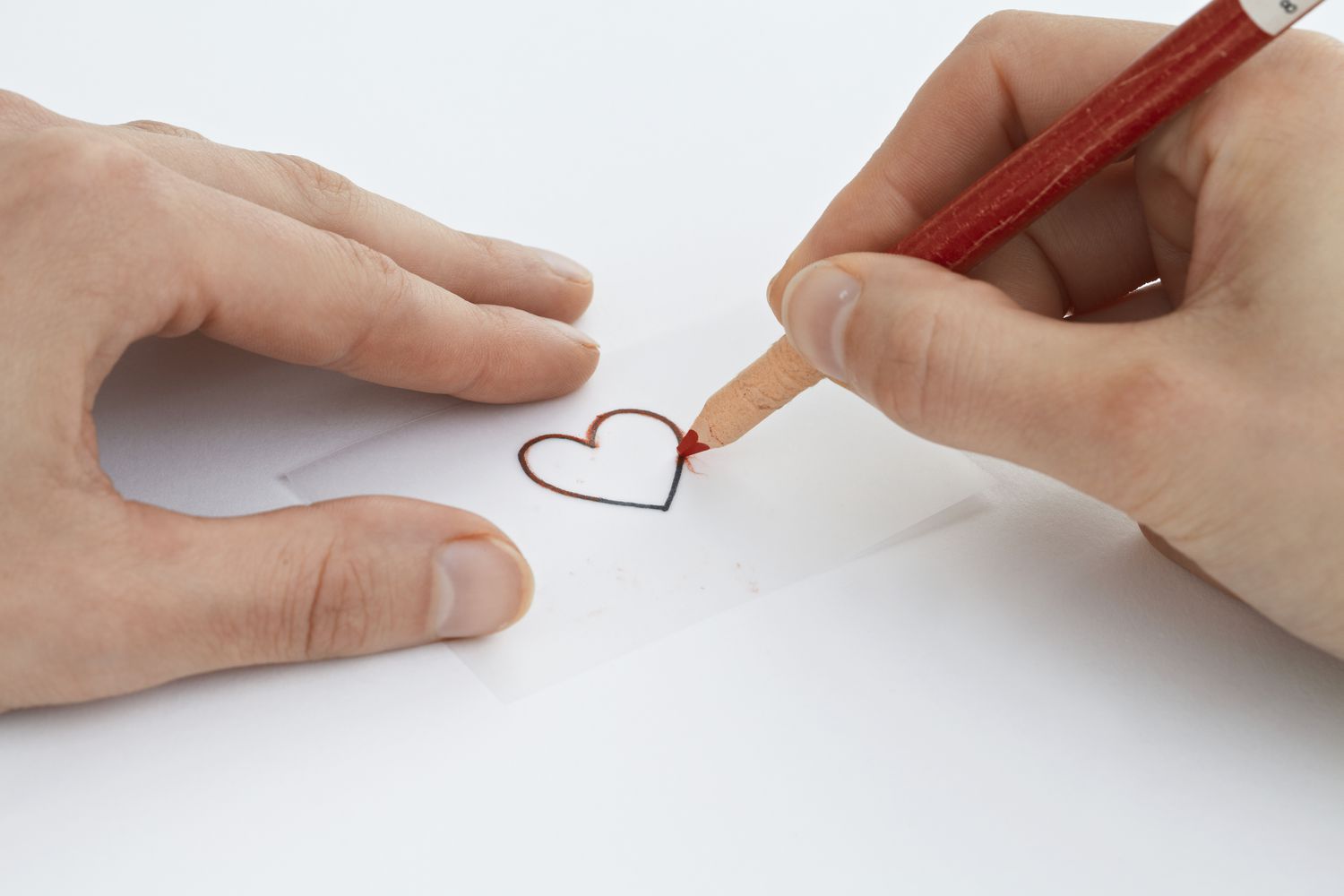Home>Arts and Culture>How To Draw A Shoe


Arts and Culture
How To Draw A Shoe
Published: February 29, 2024
Learn how to draw a shoe with step-by-step instructions and tips. Enhance your arts and culture skills with this easy tutorial.
(Many of the links in this article redirect to a specific reviewed product. Your purchase of these products through affiliate links helps to generate commission for Noodls.com, at no extra cost. Learn more)
Table of Contents
Introduction
Drawing a shoe may seem like a daunting task, but with the right guidance and a bit of practice, it can be an enjoyable and rewarding experience. Whether you're an aspiring artist, a fashion enthusiast, or simply looking to explore your creative side, mastering the art of drawing a shoe can open up a world of possibilities. From capturing the intricate details of a high-heeled stiletto to the casual elegance of a sneaker, the ability to depict footwear can greatly enhance your artistic repertoire.
In this step-by-step guide, we will delve into the process of drawing a shoe, breaking it down into manageable and easy-to-follow steps. By the end of this tutorial, you will have the skills and confidence to create realistic and visually captivating shoe illustrations. So, grab your drawing supplies and let's embark on this artistic journey together.
Drawing a shoe not only allows you to hone your artistic abilities but also provides a deeper understanding of form, structure, and texture. Whether you're aiming for a lifelike representation or a stylized interpretation, the principles of drawing a shoe can be applied across various styles and designs. Moreover, the ability to depict footwear accurately can be a valuable asset in fields such as fashion design, product illustration, and even digital art.
So, without further ado, let's gather our materials and dive into the fascinating world of shoe drawing. Whether you're sketching for pleasure or pursuing a professional endeavor, this guide will equip you with the fundamental techniques and insights needed to bring your shoe illustrations to life. Get ready to unleash your creativity and embark on a journey of artistic expression as we explore the art of drawing a shoe.
Read more: How To Clean Shoes
Materials Needed
Before embarking on the artistic endeavor of drawing a shoe, it's essential to gather the necessary materials to ensure a smooth and enjoyable creative process. Here's a comprehensive list of the items you'll need to bring your shoe illustration to life:
-
Drawing Paper: Select a high-quality drawing paper that is suitable for the medium you intend to use. The paper should have a smooth surface to allow for precise lines and shading.
-
Drawing Pencils: Invest in a range of drawing pencils with varying degrees of hardness, such as 2H, HB, 2B, 4B, and 6B. These pencils will enable you to achieve different line weights and shading effects.
-
Eraser: A soft, kneaded eraser is ideal for correcting mistakes and achieving subtle highlights in your shoe drawing. Additionally, a precision eraser pen can be useful for fine details.
-
Blending Stump: A blending stump or tortillon is essential for seamlessly blending and smudging graphite or charcoal, allowing you to create smooth transitions and realistic textures.
-
Reference Images: Gather reference images of shoes from various angles and perspectives. These images will serve as valuable visual aids, providing insight into the structure, details, and proportions of different shoe styles.
-
Ruler: A ruler or straight edge will aid in creating straight lines, measuring proportions, and ensuring accuracy in your shoe drawing.
-
Light Source: Adequate lighting is crucial for creating accurate shadows and highlights in your shoe illustration. Natural light or a well-positioned desk lamp can enhance the visibility of details and textures.
-
Optional: Colored Pencils or Markers: If you wish to add color to your shoe drawing, consider including a set of colored pencils or markers to bring vibrancy and depth to your illustration.
By assembling these essential materials, you'll be well-equipped to embark on the artistic journey of drawing a shoe with confidence and creativity. With the right tools at your disposal, you can fully immerse yourself in the process of capturing the elegance and intricacies of footwear through the art of drawing. Now that we've gathered our materials, let's proceed to the first step of creating a stunning shoe illustration.
Step 1: Draw the Sole
The sole of a shoe serves as its foundation, providing support and protection while bearing the brunt of everyday wear. When drawing a shoe, capturing the shape and contours of the sole is a crucial first step in establishing the overall form of the footwear. To begin, envision the sole as the base on which the rest of the shoe will be constructed. Whether you're drawing a sleek high heel, a sturdy boot, or a casual sneaker, the sole sets the stage for the entire composition.
Start by lightly sketching the outline of the sole using a well-sharpened pencil. Pay close attention to the curvature and thickness of the sole, as these elements vary depending on the style of the shoe. For instance, a high heel may have a slender, arched sole, while a sneaker's sole might feature a thicker, more substantial profile. Refer to your reference images to ensure accuracy in capturing the sole's shape and proportions.
Once the basic outline is in place, focus on adding subtle details such as the tread pattern or any distinctive features specific to the shoe style. Whether it's the grooves of a running shoe or the elegant embossing on a dress shoe, these nuances contribute to the authenticity and character of the footwear. Take your time to refine these details, using light, confident strokes to convey the texture and structure of the sole.
As you progress, consider the positioning of the sole within the composition. Visualize how it interacts with the ground or surface beneath the shoe, as this will influence the placement of shadows and highlights. By establishing a solid foundation with a well-defined sole, you set the stage for the subsequent steps of adding depth, form, and personality to your shoe illustration.
Remember, drawing the sole is not merely about outlining a basic shape; it's about infusing it with dimension and character. Pay attention to the subtle curves, contours, and details that make each sole unique, and strive to capture these intricacies with precision and artistry. With the sole as your starting point, you're laying the groundwork for a captivating and lifelike representation of the shoe.
As you complete this initial step, take a moment to admire the foundation you've created. The sole serves as the anchor of the shoe, and by skillfully rendering its form and details, you've set the stage for the next phase of bringing the entire shoe to life. With the sole expertly drawn, you're ready to embark on the next stage of sketching the basic shape of the shoe, where the true character and style of the footwear will begin to emerge.
Step 2: Sketch the Basic Shape of the Shoe
With the foundation of the sole expertly rendered, it's time to transition to the next pivotal step: sketching the basic shape of the shoe. This phase is where the distinct style, silhouette, and personality of the footwear begin to take form, setting the stage for the intricate details and textures that will follow.
Begin by visualizing the overall shape of the shoe, considering its unique design elements, such as the toe box, heel counter, and any embellishments or distinctive features. Whether you're drawing a classic oxford, a modern sneaker, or a chic pump, each style presents its own set of defining characteristics that contribute to its visual appeal.
Using a well-sharpened pencil, lightly outline the primary contours of the shoe, paying close attention to proportions and symmetry. Consider the curvature of the toe, the height of the heel, and the overall balance of the design. Reference images can be invaluable at this stage, providing insight into the specific nuances and structural elements of the shoe style you're depicting.
As you refine the basic shape, focus on capturing the essence of the shoe's design, whether it's the sleek lines of a dress shoe, the dynamic angles of a sports sneaker, or the graceful curves of a ballet flat. Emphasize the distinct characteristics that make the shoe visually compelling, ensuring that its form resonates with authenticity and elegance.
Throughout this process, allow your creativity to guide the evolution of the shoe's shape, infusing it with a sense of dynamism and style. Experiment with different line weights and strokes, exploring variations in contour and depth to convey the three-dimensional nature of the footwear.
As the basic shape of the shoe begins to take shape on the paper, take a moment to appreciate the progress made thus far. The foundation laid with the sole has now evolved into the defining outline of the shoe, capturing its essence and allure. With the basic shape sketched with precision and artistry, you're poised to venture into the next phase of adding details and texture, where the true character and charm of the shoe will come to life.
In the following step, we will delve into the art of adding intricate details and texture to the shoe, elevating its visual impact and imbuing it with a sense of realism and depth. As we proceed, the artistry and craftsmanship of the shoe illustration will continue to unfold, culminating in a captivating portrayal of footwear that celebrates its unique style and allure.
Step 3: Add Details and Texture
As we embark on the pivotal stage of adding details and texture to our shoe illustration, we delve into the intricate elements that breathe life and character into the footwear. This phase is where the artistry of the shoe truly unfolds, as we infuse it with nuanced details, textures, and embellishments that elevate its visual impact and authenticity.
Begin by focusing on the specific features that define the style and personality of the shoe. Whether it's the stitching on a leather boot, the perforations on a brogue, or the laces of a sneaker, these details contribute to the overall charm and identity of the footwear. With a keen eye for precision, carefully incorporate these elements into your illustration, paying attention to their placement, scale, and alignment.
Texture plays a pivotal role in conveying the tactile qualities of the shoe, from the smooth sheen of patent leather to the supple grain of suede. To emulate these textures, employ various shading techniques, such as hatching, cross-hatching, and stippling, to create depth and dimension. Consider the interplay of light and shadow on different surfaces of the shoe, accentuating its materiality and form.
Referring to your chosen reference images, observe how light interacts with the shoe's surface, casting highlights and casting shadows. By skillfully rendering these nuances, you can imbue your illustration with a sense of realism and presence, capturing the essence of the footwear in a compelling and evocative manner.
As you meticulously add details and texture to the shoe, allow your artistic intuition to guide the process, infusing the illustration with a sense of craftsmanship and artistry. Embrace the opportunity to showcase the intricacies of the shoe, from the subtle embossing to the fine stitching, celebrating the meticulous design and construction that define each style.
With each stroke of the pencil and each carefully placed line, the shoe begins to transcend the confines of the paper, emerging as a captivating and tangible representation of footwear. As you immerse yourself in this phase, revel in the art of capturing the essence and allure of the shoe through the mastery of details and texture.
With the details and texture expertly integrated into the illustration, the shoe comes to life with a sense of elegance and authenticity, inviting the viewer to appreciate its craftsmanship and style. As we approach the final phase of our artistic journey, the shoe illustration stands as a testament to the artistry and creativity that have shaped its portrayal.
In the next step, we will explore the final touches and shading, where we will refine the illustration, adding depth and dimension to bring the shoe to its full realization. As we proceed, the culmination of our artistic endeavor draws near, promising a stunning and evocative portrayal of footwear that captures its essence with finesse and flair.
Read more: How To Clean On Cloud Shoes
Step 4: Final Touches and Shading
As we approach the culmination of our artistic journey in drawing a shoe, the final touches and shading phase holds the power to elevate the illustration to its full potential. This pivotal step allows us to refine the nuances of light and shadow, adding depth, dimension, and a sense of realism to the footwear.
Begin by assessing the overall composition of the shoe illustration, ensuring that the proportions, contours, and details align harmoniously. With a discerning eye, make any necessary adjustments to refine the shape and structure, fine-tuning the elements to achieve a cohesive and visually compelling portrayal.
Shading plays a crucial role in conveying the three-dimensional form of the shoe, accentuating its curves, contours, and material textures. Consider the direction of light sources and their impact on the shoe, strategically applying shading to create realistic highlights and shadows. By employing techniques such as blending, cross-hatching, and stippling, you can imbue the illustration with a sense of depth and presence.
Pay close attention to the interplay of light and shadow on different areas of the shoe, such as the toe, heel, and sides. Emphasize the contrast between light and dark, capturing the subtle gradations and tonal variations that define the shoe's surfaces. This meticulous approach to shading adds a layer of sophistication to the illustration, infusing it with a captivating sense of realism.
As you meticulously refine the shading, consider the materiality of the shoe and how it influences light reflection and absorption. Whether it's the glossy sheen of patent leather, the matte finish of suede, or the textured grain of canvas, each material presents unique shading challenges and opportunities. By adapting your shading techniques to suit the specific characteristics of the shoe, you can authentically capture its tactile qualities and visual allure.
With each stroke of the pencil and each carefully applied shadow, the shoe illustration begins to exude a sense of craftsmanship and artistry, inviting the viewer to appreciate its intricate details and lifelike presence. As you immerse yourself in this final phase, revel in the transformative power of shading, as it breathes life into the illustration, culminating in a stunning and evocative portrayal of footwear.
With the final touches and shading expertly executed, the shoe illustration stands as a testament to the artistry and creativity that have shaped its portrayal. It embodies the meticulous attention to detail, the mastery of light and shadow, and the celebration of footwear as a work of art. As we conclude this artistic journey, the shoe illustration stands as a captivating homage to the elegance and allure of footwear, inviting admiration and appreciation for its visual impact and artful craftsmanship.
Conclusion
In the culmination of our artistic exploration, we have ventured into the captivating realm of shoe drawing, unraveling the intricacies and nuances that define the art of portraying footwear. From the foundational depiction of the sole to the meticulous rendering of details and texture, and finally, the transformative power of shading, our journey has been a celebration of creativity, craftsmanship, and the timeless allure of shoes.
Drawing a shoe transcends the mere act of replicating its physical form on paper; it is an endeavor that invites us to appreciate the artistry and design ingenuity inherent in footwear. Each step of our artistic odyssey has been a testament to the meticulous attention to detail, the reverence for form and structure, and the dedication to capturing the essence of the shoe with finesse and flair.
As we reflect on the culmination of our efforts, the shoe illustration stands as a captivating portrayal of elegance and authenticity, inviting admiration for its visual impact and artful craftsmanship. The interplay of light and shadow, the intricacies of texture, and the defining contours of the shoe converge to create a compelling representation that transcends the confines of the paper, evoking a sense of tangible presence and allure.
Through the art of drawing a shoe, we have not only honed our artistic abilities but also gained a deeper appreciation for the artistry and design intricacies that define footwear. Whether it's the timeless sophistication of a classic pump, the sporty dynamism of a sneaker, or the rugged charm of a boot, each style embodies a unique narrative that unfolds through the art of illustration.
As we conclude this artistic journey, let us carry forward the insights and skills garnered, infusing our future artistic endeavors with the same passion and precision. Whether pursuing a career in fashion illustration, product design, or simply indulging in the joy of artistic expression, the art of drawing a shoe serves as a testament to the enduring allure and creative possibilities that await within the realm of visual artistry.
With our pencils as our guide and our imagination as our compass, we embark on the next chapter of our artistic odyssey, enriched by the experience of capturing the elegance and allure of footwear through the art of drawing. As we bid adieu to this chapter, let the spirit of creativity and craftsmanship continue to inspire our artistic pursuits, shaping our endeavors with the same finesse and artistry that have defined our exploration of shoe drawing.














